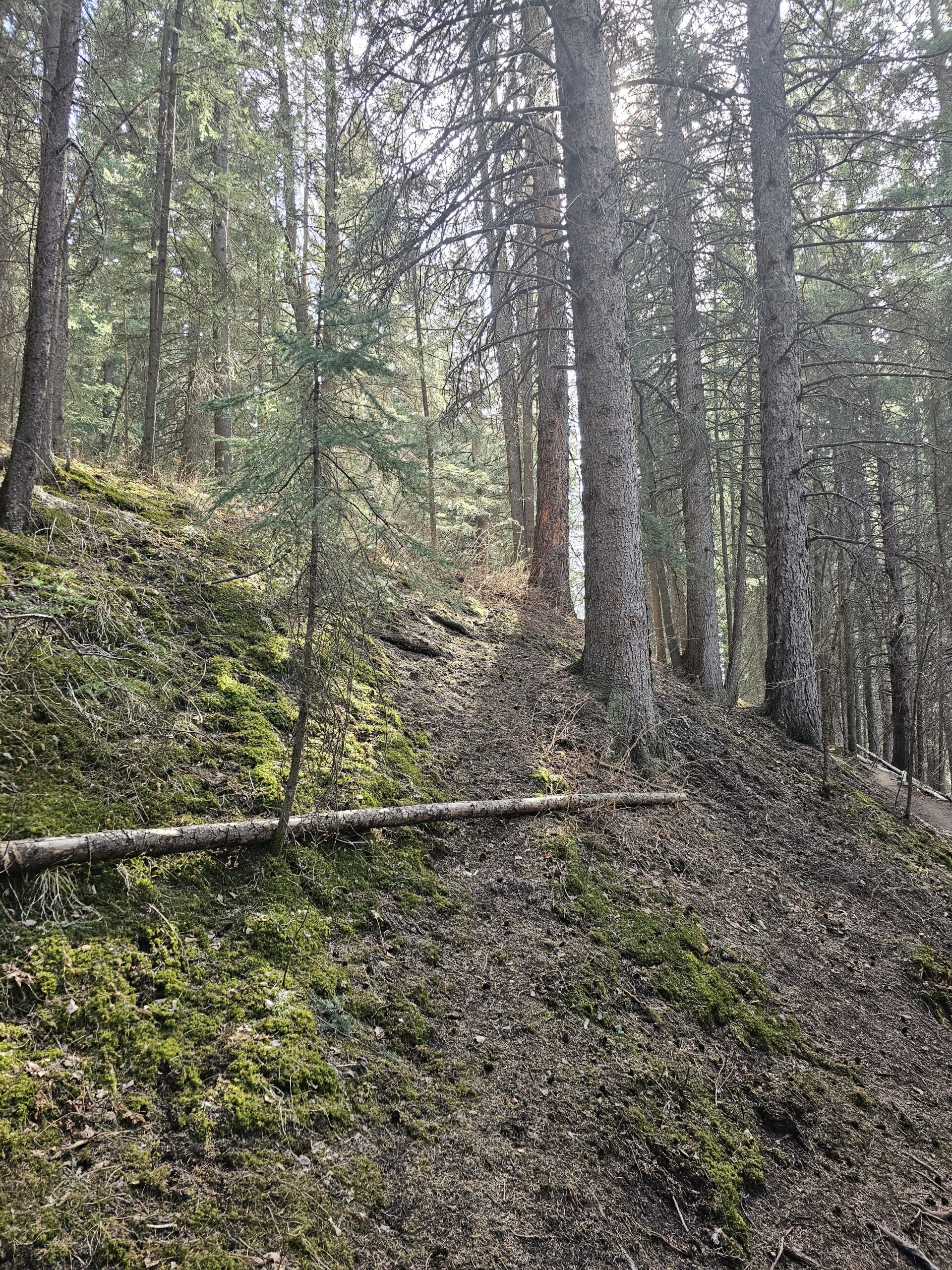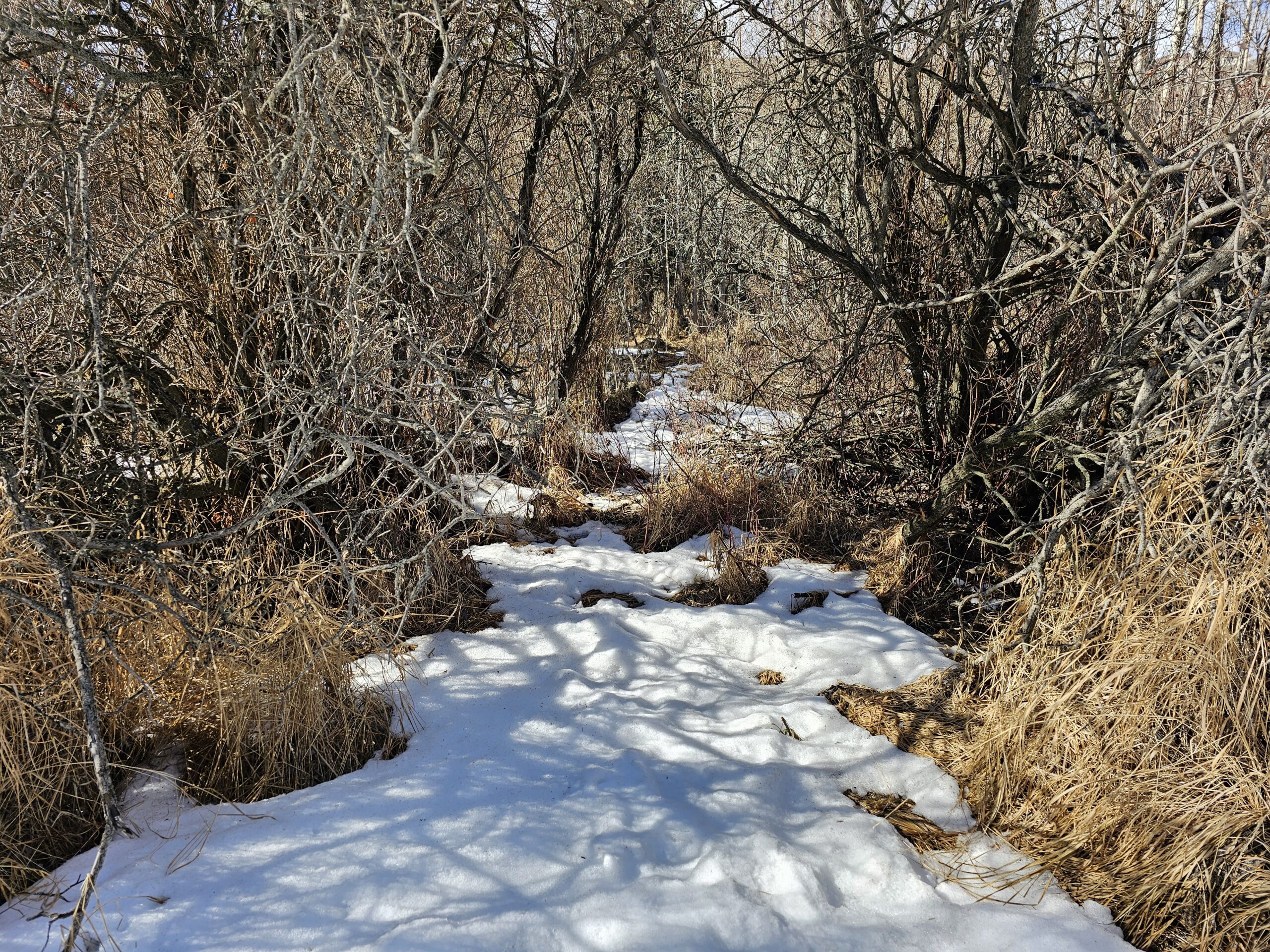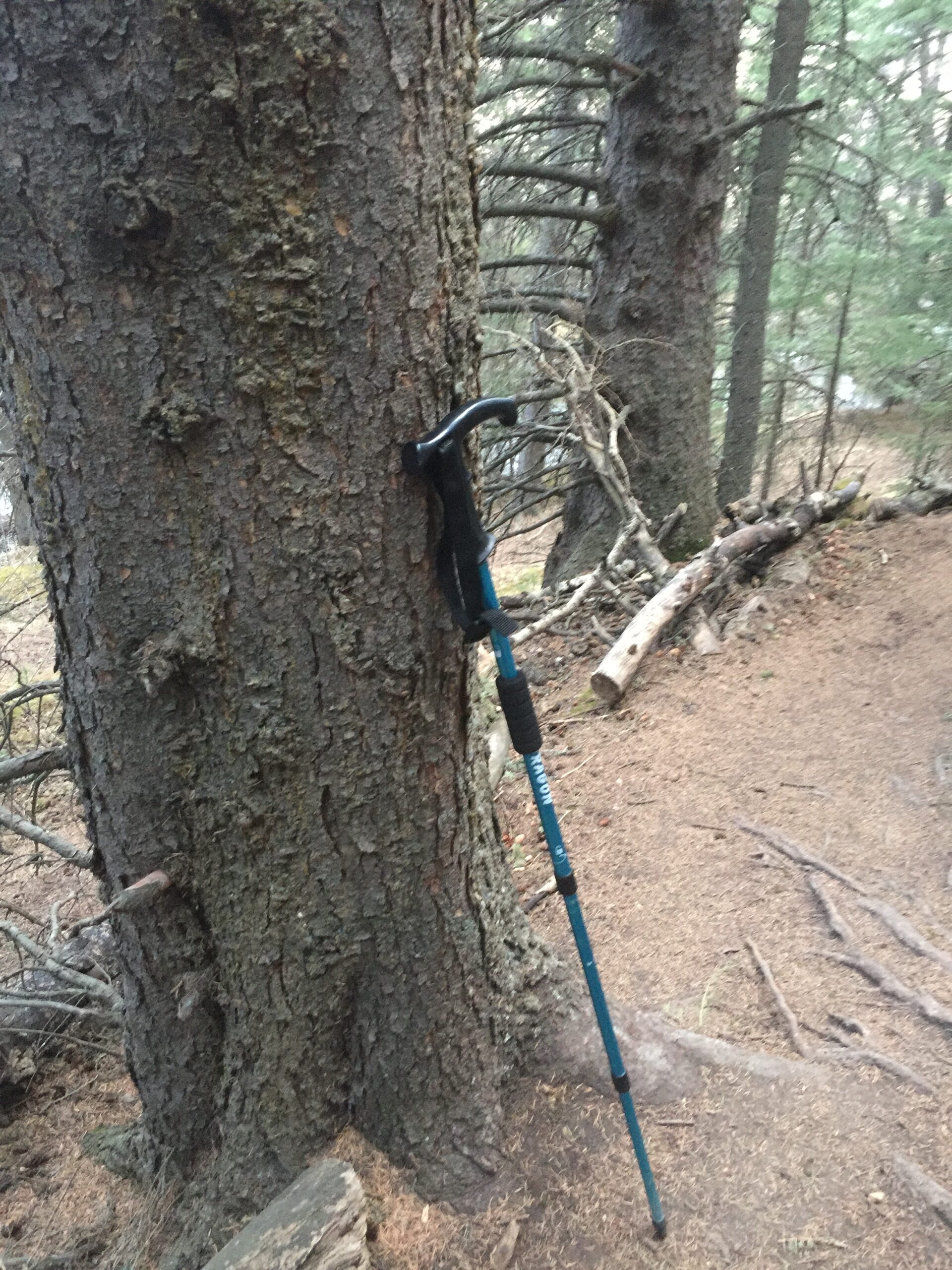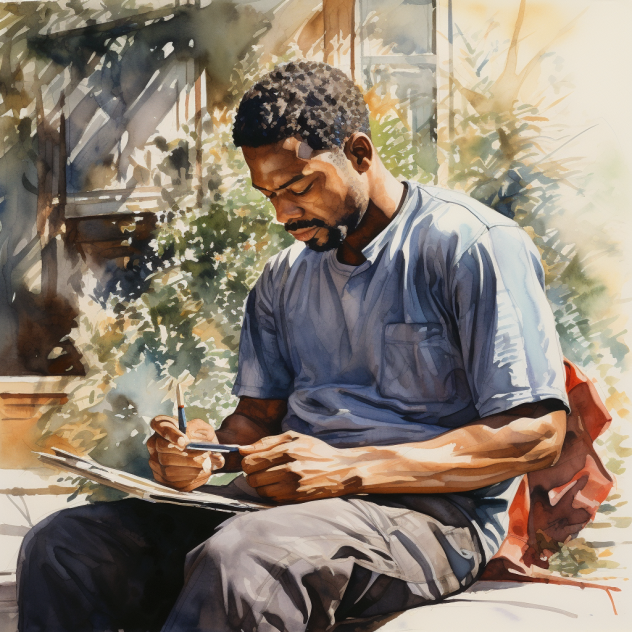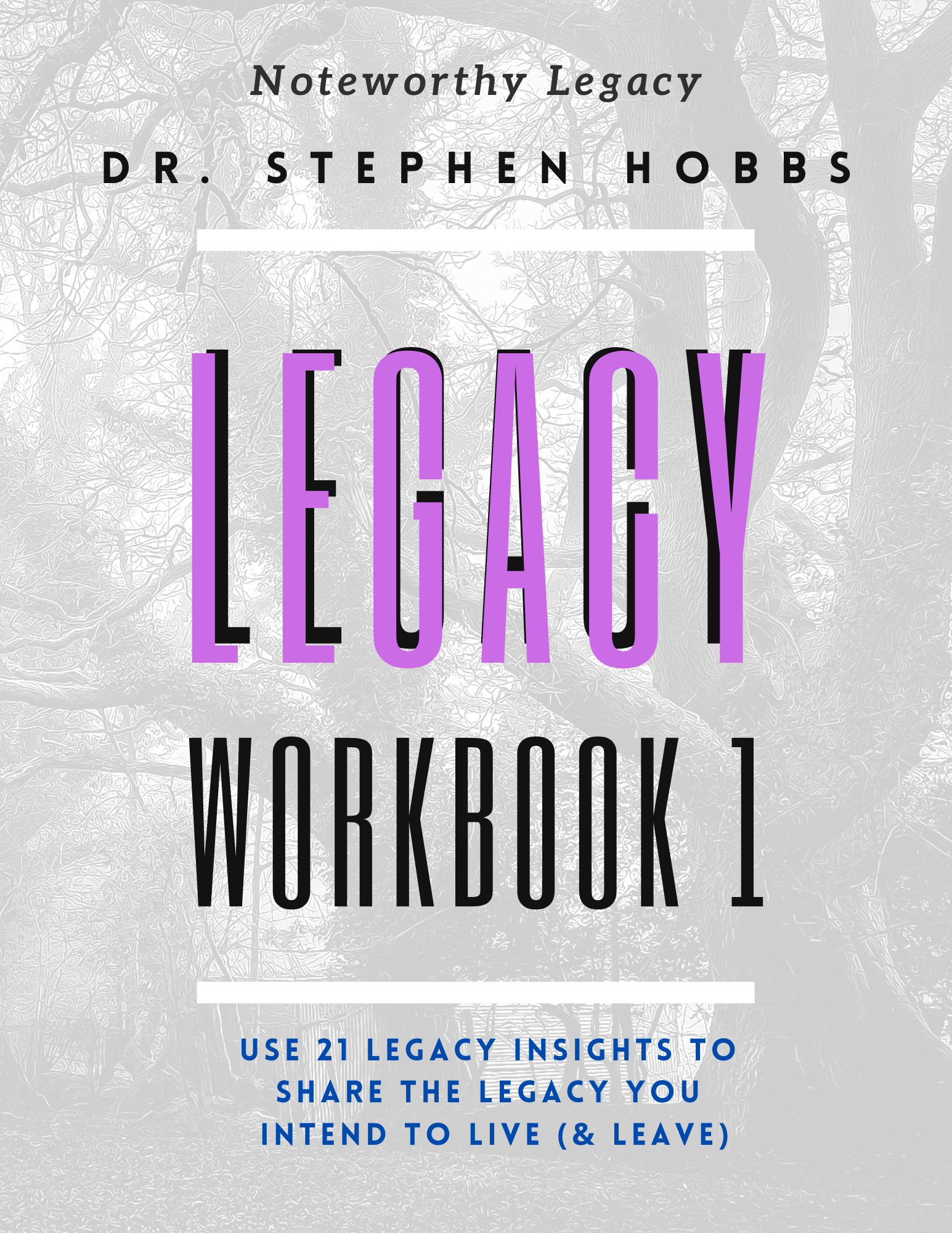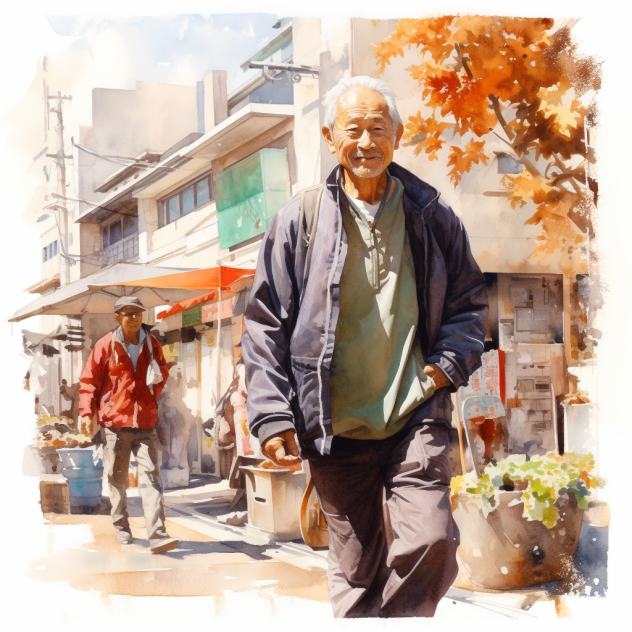Saturday Legacy Stories from Solace Grove #10
Where Mountains Meet Community, and Every Story Matters
Meet Chen Hicent, co-owner of the Solace Grove Trail Bike Shop where he is a trail bike mechanic extraordinaire. This is his story about life pivots and resilience, and meeting living legacy life with grace and dignity.
Chen Hicent: Where Broken Branches Become New Growth
Some stories unfold in straight lines, but Chen Hicent's reads more like the winding trails he once raced down with fierce determination. As co-owner of the Solace Grove Trail Bike Shop, Chen brings the weathered hands of a master mechanic and the philosophical heart of someone who has learned that life's most profound lessons often arrive through its most challenging moments.
The trajectory of Chen's life pivoted dramatically when speeding through a forest trail during a competitive downhill race, he collided with a tree that would fracture both his tibias and fundamentally alter his path forward. Metal plates and screws will do that to a person!
What began as a career-ending accident for the competitive mountain bike racer became something far more significant—a course correction that would reshape his legs AND his entire understanding of resilience, adeptation, and the poetry inherent in survival.
Recovery brought Chen face-to-face with concepts he now carries like tools in his workshop: pivot, shift, and the delicate art of course correction. These were more than outcome-based physical therapy terms, they are life principles that would guide him through another beautiful connection—becoming a husband to a woman who had navigated six years of widowhood, and a stepfather to her two children, ages eight and ten.
Together, they've created a blended family where healing happens in multiple dimensions, where his wife's home-based arts and crafts business complements his mechanical precision, and where the ripples of traumatic events create unexpected patterns of growth.
Now, as Chen moves through his sixties, he recognizes these same themes echoing in the lives of his peers. The broken bones have healed, but the wisdom they generated continues to deepen. He sees how aging gracefully requires the same skills he learned in recovery—the ability to pivot when paths become impossible, to shift weight when balance feels precarious, and to find beauty in the course corrections that life demands.
With a philosopher's heart that expresses itself through simple, forest-inspired poetry, Chen has become both muse and metaphor for those navigating life's later legacy chapters. He understands that every breath drawn in nature's cathedral offers instruction in living systems, that trees educate us about bending without breaking, and that sometimes the most profound self-care comes from recognizing we are all part of something larger than our individual stories.
In Chen's hands, a bicycle repair becomes a meditation on resilience, a poem becomes a bridge between suffering and wisdom, and a conversation with someone (over sixty, under twenty) becomes an invitation to discover that even our deepest wounds can become sources of unexpected beauty and strength.
When he submitted poetry to the Quarterly Solace Grove Word and Image magazine, he was asked to share more about himself and his aging path to now. Here is his contribution!
The Forest's Invitation: A Philosophy of Walking and Writing After Sixty
By Chen Hicent
The forest does not care about your age. It extends the same invitation to gnarled hands as to smooth ones, to measured steps as to hurried strides. This democratic generosity of woodland spaces offers those who have crossed the threshold of sixty something medicine cannot provide: a return to the essential rhythms that govern all living systems.
Walking among trees initiates a conversation older than civilization. Each footfall becomes a word in an ancient dialogue between human consciousness and the patient intelligence of oak, maple, and pine. The forest speaks in languages we remember from childhood—the creak of branches, the whisper of wind through leaves, the percussion of acorns striking earth. These sounds awaken dormant capacities for wonder that decades of accumulated responsibility can bury.
"My broken legs taught me
to listen to the forest floor—
each root, each stone
speaks of careful placement,
of finding balance
where the ground seems uncertain."
The significance of wholehearted forest engagement extends beyond physical exercise or casual recreation. Trees model the art of growing older with grace. They demonstrate how to weather storms without losing essential character, how to shed what no longer serves while maintaining deep connections to source.
An elderly oak carries in its rings the history of droughts survived, storms weathered, seasons embraced. The tree's presence teaches us that accumulating years need not diminish vitality—it can deepen it.
Writing in forest spaces or about forest experiences creates a bridge between the outer landscape and inner terrain. The act of putting pen to paper while surrounded by living systems connects the human capacity for reflection with nature's capacity for patient observation.
Words written in the presence of trees carry different weight than those composed in artificial environments. They emerge from a place of listening rather than forcing, of receiving rather than grasping.
"The paper birch sheds its skin
without shame or ceremony,
each layer revealing
the fresh possibility
of beginning again
at seventy-three."
Forest walking at sixty and beyond offers unique neurological benefits that researchers are beginning to understand. The Japanese practice of shinrin-yoku, or forest bathing, demonstrates measurable changes in stress hormones, immune function, and cognitive clarity. Trees release chemical compounds called phytoncides that human bodies receive as signals for relaxation and restoration. The forest becomes pharmacy and therapist combined, offering healing without prescription or appointment.
The writing that emerges from forest encounters often carries qualities that distinguish it from other forms of expression. Forest-inspired writing tends toward simplicity, directness, and organic rhythm.
The woodland ecosystems paradoxically educates clarity of expression. When surrounded by intricate relationships between soil, root, branch, and sky, writers discover that the most profound truths require few words.
"Morning fog lifts from the valley
like memory clearing—
what seemed lost
was never gone,
only waiting
for the right light."
The forest serves as master teacher for those learning to age with intention. Trees show us how to stand firm while remaining flexible, how to reach toward light while maintaining deep roots. They demonstrate that growth continues throughout life, that new rings form each season regardless of the tree's age.
The forest's example suggests that human development need not cease at retirement—it can enter new phases of depth and wisdom.
Walking meditation becomes natural in forest settings. The rhythm of footsteps on earth creates a drumbeat for contemplation. Unlike urban walking, which requires constant navigation of obstacles and distractions, forest walking allows attention to turn inward while remaining connected to the living world. The forest holds space for reflection without demanding performance or productivity.
"My footsteps write
a temporary poem
on the forest floor—
each impression
a word of gratitude
soon covered by leaves."
The community aspect of forest writing creates additional benefits for older adults. Sharing poems or reflections inspired by woodland experiences builds connections with others who understand the profound impact of natural spaces on human consciousness.
Writing groups that meet in forests or share forest-inspired work create networks of support that extend beyond literary interests into mutual encouragement for active aging.
Forest writing often addresses themes particularly relevant to those navigating their seventh, eighth, and ninth decades. The seasonal cycles of woodland life offer metaphors for understanding life transitions, loss, and renewal.
The forest's demonstration of interdependence speaks to the importance of community and mutual support. The patience required for tree growth teaches lessons about the long view, about contributions that may not be fully realized within one lifetime.
"The old growth forest
whispers secrets
of deep time—
how centuries pass
like breath,
how permanence
lives in letting go."
Scientific research supports what forest walkers experience intuitively: time spent among trees reduces inflammation, lowers blood pressure, and improves mood regulation.
Li, Q. (2010). Effect of forest bathing trips on human immune function. Environmental Health and Preventive Medicine, 15(1), 9–17. This study highlights how time in forests reduces stress hormones, boosts immune function (notably natural killer cell activity), and promotes overall well-being.
Hansen, M. M., Jones, R., & Tocchini, K. (2017). Shinrin-Yoku (Forest Bathing) and Nature Therapy: A State-of-the-Art Review. International Journal of Environmental Research and Public Health, 14(8), 851. This review summarizes the evidence showing that time in nature reduces blood pressure, inflammation, and symptoms of anxiety and depression.
For older adults dealing with chronic conditions or the emotional challenges of aging, the forest offers medicine that complements medical treatment without side effects. The forest's healing capacity works on multiple levels—physical, emotional, and spiritual.
The writing practice that emerges from forest engagement often becomes a form of legacy creation. Poems and reflections about woodland experiences capture not just personal insights, but universal truths about human relationship with the natural world. These writings become gifts to younger generations, ways of sharing hard-won wisdom about finding meaning and beauty in life's later chapters.
"I write letters to the oak
that saved my life
by breaking my legs—
each word a thank you
for teaching me
to grow crooked
toward the light."
The forest invites older adults to reclaim their birthright as members of the living community. It offers a return to essential rhythms, to the wisdom that emerges from patient observation, to the healing that comes from recognizing our place in the larger web of life.
The forest asks nothing of us except presence, and in return offers everything we need to write our way into the fullness of our years.
The path through the trees becomes a path through time, through memory, through the landscape of a life fully lived. Each step writes itself into the story of becoming, of learning to age with the forest's own combination of strength and flexibility, endurance and grace. About living legacy life!
You can add, public Comments about this post at the bottom, bottom of this post.
Thank You!
Working with Claude (AI) and ChapGPT (AI) and other GUM tools available online.
Please use this Form to receive email updates on a Full Moon date.
Also, you can ask questions - share a comment - pass along a funny.
We will use your email for Living Legacy Life communication ONLY!
July 24, 2025 New Moon Edition of the Solace Grove Magazine 12
July 10 2025 FULL Moon Edition of the Solace Grove Magazine 11
Saturday Legacy Stories from Solace Grove #9AWhere Mountains Meet Community, and Every
Saturday Legacy Stories from Solace Grove #9AWhere Mountains Meet Community, and Every
Saturday Legacy Stories from Solace Grove #9Where Mountains Meet Community, and Every
June 25, 2025 New Moon Edition of the Solace Grove Magazine 8Where

